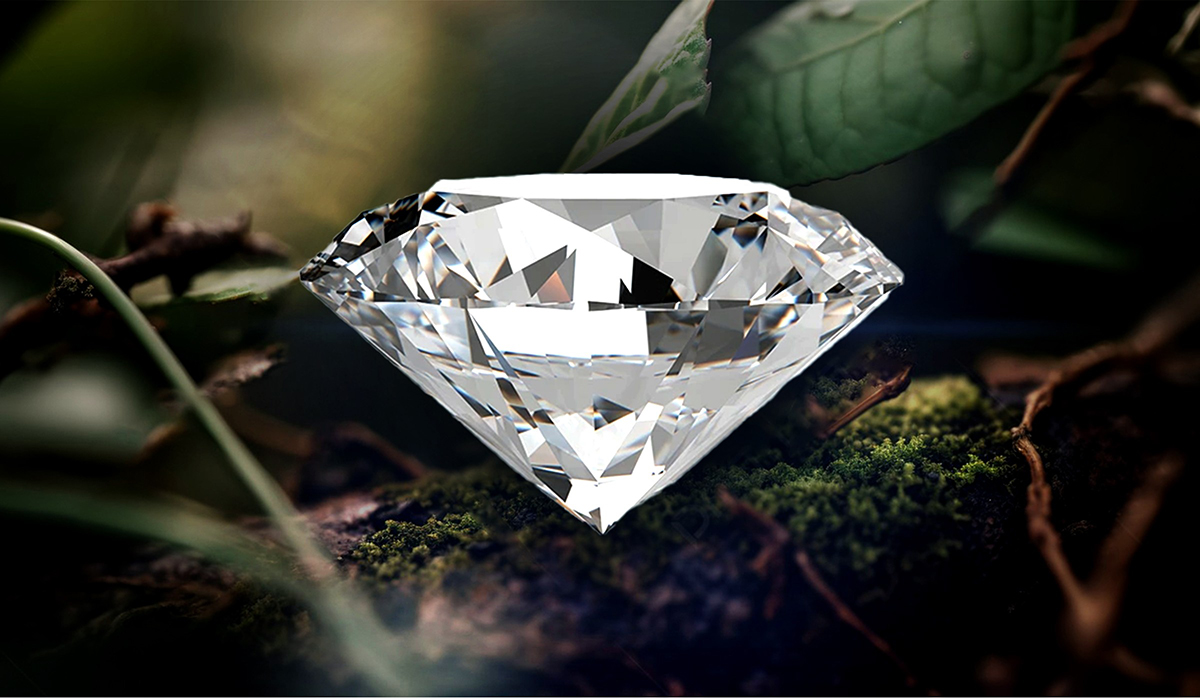Diamonds and sapphires are two of the most popular gemstones in the world, often used in jewelry to signify love, commitment, and luxury. While both are stunning, they possess distinct characteristics that set them apart. This article will explore the key differences between diamonds and sapphires, including their composition, hardness, color, and symbolism.
Composition and Formation
Diamonds and sapphires are composed of different minerals. Diferencias entre diamantes y zafiros are made entirely of carbon atoms arranged in a crystal structure, which gives them their unique hardness and brilliance. In contrast, sapphires are a variety of the mineral corundum, primarily composed of aluminum oxide. The presence of trace elements, such as iron, titanium, or chromium, contributes to the color variations found in sapphires. Understanding their compositions is essential for appreciating the differences between diamonds and sapphires.
Hardness and Durability
One of the most significant differences between diamonds and sapphires lies in their hardness. Diamonds are the hardest natural substance known to man, rated a perfect 10 on the Mohs scale of mineral hardness. This exceptional hardness makes diamonds highly resistant to scratching and chipping, making them ideal for everyday wear, especially in engagement rings.
Sapphires, while also durable, are slightly softer, rating between 9 on the Mohs scale. This means that while they are still quite hard and suitable for jewelry, they can be more prone to scratches compared to diamonds. If you lead an active lifestyle or work with your hands often, considering the durability of these stones is crucial when making a selection.
Color Variations
When comparing diamonds and sapphires, color is one of the most noticeable differences. Diamonds are renowned for their colorless appearance, but they can also be found in various colors, including yellow, blue, and pink. The most sought-after diamonds are those that are colorless or nearly colorless, as they are perceived as the most valuable.
Sapphires, on the other hand, are primarily known for their stunning blue hue. However, they come in a wide range of colors, including pink, yellow, and green, due to the presence of different trace elements. The term “fancy sapphires” refers to sapphires that are not blue. This diversity in color makes sapphires a versatile choice for jewelry, appealing to those who desire unique and vibrant stones.
Clarity and Inclusions
Both diamonds and sapphires can contain inclusions, which are internal or external flaws that affect their clarity. lab created diamonds are typically graded based on their clarity, and stones with fewer inclusions are generally more valuable. The clarity grading scale ranges from “Flawless” to “Included,” indicating the presence of visible imperfections.
Sapphires also undergo clarity grading, but the presence of certain inclusions, such as silk (fine needle-like inclusions), can actually enhance their beauty and give them a velvety appearance. Many gem enthusiasts appreciate these inclusions in sapphires, as they can add character and uniqueness to the stone. When considering clarity, it’s essential to understand how inclusions can affect the beauty and value of both diamonds and sapphires.
Symbolism and Meaning
Diamonds and sapphires carry different cultural meanings and symbolism. Diamonds are often associated with love, commitment, and eternity, making them a popular choice for engagement rings. Their brilliance and rarity symbolize strength and resilience, representing the enduring nature of love.
Sapphires, in contrast, have been historically linked to wisdom, loyalty, and nobility. They were once favored royalty and are believed to protect against envy and harm. Sapphires are often given as gifts to signify loyalty and fidelity, making them a meaningful choice for anniversaries or special occasions. Understanding the symbolism behind each gemstone can help guide your selection based on personal significance.
Price and Value
When comparing diamonds and sapphires, price is a crucial factor. Diamonds tend to be more expensive than sapphires due to their rarity and the extensive mining process involved in obtaining them. The price of a diamond is influenced the Four Cs: carat weight, cut, color, and clarity.
Sapphires are generally more affordable, especially when compared to high-quality diamonds. However, the value of sapphires can also vary significantly based on their color, clarity, and size. In particular, vivid blue sapphires are among the most prized and can command high prices, especially if they are sourced from renowned locations like Kashmir or Burma.
Conclusion: Choosing Between Diamonds and Sapphires
Ultimately, the choice between diamonds and sapphires depends on personal preferences, lifestyle, and budget. Diamonds offer unmatched brilliance and durability, making them an enduring symbol of love and commitment. Sapphires, with their stunning colors and rich history, provide a unique and versatile alternative for those seeking something different.
By understanding the differences between diamonds and sapphires—ranging from their composition and hardness to their symbolism and value—you can make an informed decision that reflects your style and preferences. Whether you choose a diamond or a sapphire, both gemstones carry their unique charm and significance, making them cherished additions to any jewelry collection.



